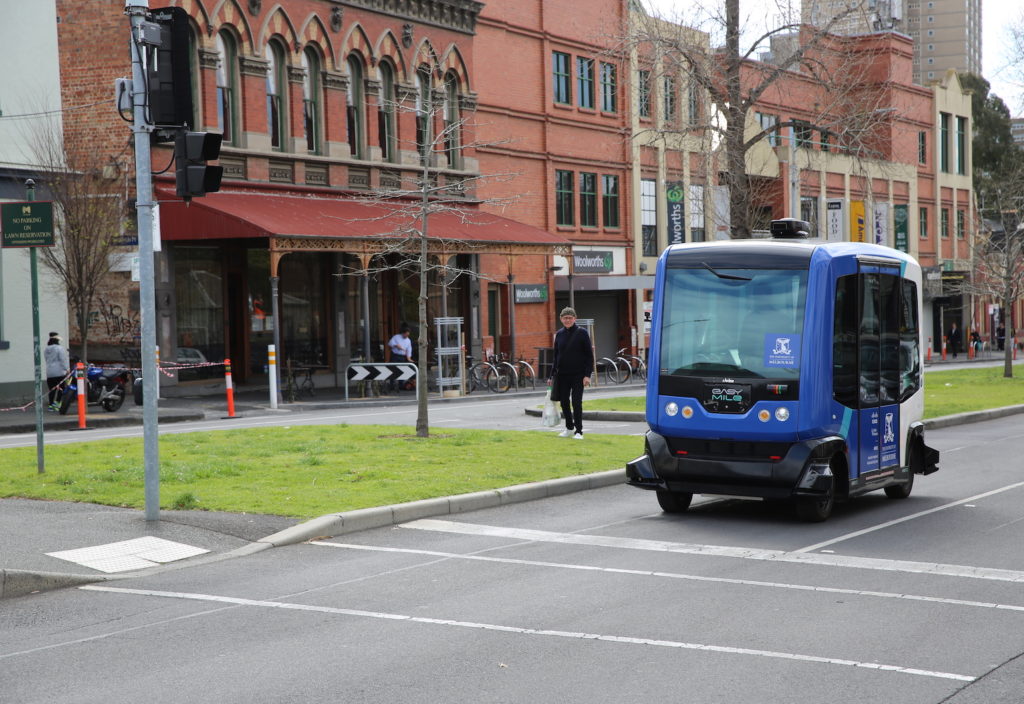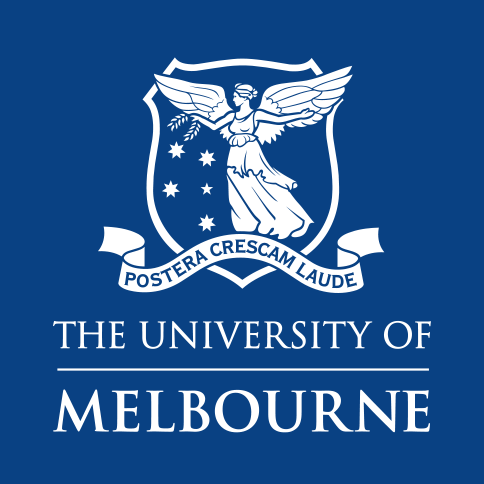While the phrase “streets ahead” often conjures up futuristic advances, the reality of our roads and intersections can be quite different.
Transport infrastructure is usually built to last up to 100 years, while the life expectancy of new vehicles is around just ten years. As a result, there is a widening gap between the vehicles consumers wish to use and transport infrastructure that can support it. A world-first transport research project led by the University of Melbourne is aiming to close the gap.
Located in Carlton, the Australian Integrated Multimodal EcoSystem (AIMES) is a large living transport lab analysing the way we ride, walk, drive, cycle and move around. Researchers from the University of Melbourne use AIMES to gain a deeper understanding of city mobility and to develop more robust Intelligent Transport Systems (ITS).
The ecosystem is a complex integrated set of sensors, nodes and corridors in a collaborative testbed, led by the University’s Transport Technologies research group. There are more than 50 partner organisations involved in AIMES from government, industry and academia stretching across the transport and mobility ecosystem. Each partner strengthens the collaboration and builds on the culture of learning from each other’s efforts. Through testing projects within the AIMES environment, organisations can better scope, cost and scale their projects across large implementations more efficiently.

“The attraction and joy of AIMES has always been collaboration across the team. We get to join like-minded partners, who are all focused on positive outcomes for the community. It’s a great way to accelerate innovation and bring together the strengths from each partner,” said Simon Young, General Manager of IoT (Energy & Transportation) at Cisco.
“What surprises me the most about AIMES is our willingness as an ITS community to share each other’s successes as well as lessons learnt from our failures to better ourselves. This is often the best model to learn from,” added David Bolt, Vice President Sales & Solution Consulting (APAC) at Kapsch TrafficCom, another AIMES partner organisation.
While there are various test environments around the world, AIMES is one of the only testbeds to focus on multimodal transport systems. Initially focused on trams and cars, the project team has grand plans to incorporate buses and rail data into the mix. Sensors can detect pedestrian, cyclist and passenger movements as they interact and intersect with other types of transport within the environment.
Peter Sweatman is part of the leadership group for AIMES and a leading global voice on what he calls 21st Century Mobility. Before joining AIMES, he directed the Michigan Mobility Transformation Center in Ann Arbor in the US, where he developed close contact with the automotive industry nearby.
“My friends at GM would often talk about rapid learning cycles in automotive production, where new products would only be considered after they had gone through at least five cycles with early smaller consumer groups,” he said.
Peter Sweatman has since joined the University of Melbourne as Enterprise Professor, Transport.
“It’s quite a similar approach to what we call Integrated Applied Research, where innovation takes place over lots of smaller tests and iteration. The transport ecosystem is immense. No one controls the whole system, and it’s a live environment with constant changes from a multitude of sources. So, we test often, learn from our mistakes, update our approach and try again, continuously adding to our understanding of the overall network.”
There is an extreme volume of data that will be coming from extensive arrays of nodes and sensors across future intelligent transport systems. Sweatman believes the days of human-led responses to traffic situations are numbered.
“If you are going to drown in data, make sure your AI is switched on first. With so many moving parts, only AI can handle the superhuman reactive decision-making that transport systems demand. Thanks to some of the latest AI technology in place at AIMES, we can now predict traffic an hour ahead of time. That’s exceptionally valuable,” added Sweatman.
Other advances in technology are also helping to close the gap between vehicles and transport infrastructure. Edge computing now allows the AIMES team to perform complex computations on-site rather than be sent back for processing elsewhere. Dedicated Short Range Communication (DSRC) devices and 5G networks are also allowing for faster communications with little or no latency and also comes with significant cybersecurity benefits through commercial networks.
The team hopes to pave the way for infrastructure which underpins consumer technology mobility trends. These include the increasing uptake of electric vehicles, the introduction of connected and automated vehicles, and also road user charging systems for effective load balance across the grid. AIMES is already well on the way to helping partner organisations close the gap between consumer interest and infrastructure readiness.
Join Peter Sweatman, David Bolt, Simon Young and other guest speakers from AIMES partner organisations for the Transport Thought Leaders Series: Digital Industries Creating 21st Century Mobility webinar at 12pm on 26 November 2020.

